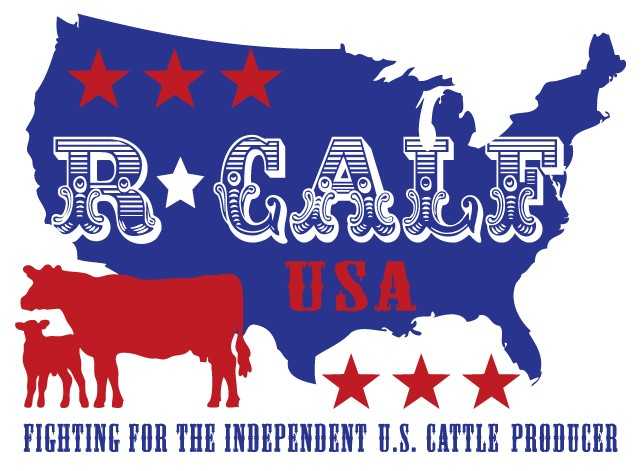![]()

Commentary by Bill Bullard, CEO, R-CALF USA
In the early 80s, just over a generation ago, the U.S. faced an agricultural recession marked by a severe cost-price squeeze.
The price farmers and ranchers received for their cattle was insufficient to cover their cost of production. During the 80s, America lost well over a quarter of its beef cattle producers. Over 350,000 of them exited the industry.
Congress struggled to find a solution and thought it had found one. It was called free trade, and it was going to solve the economic cost-price squeeze plaguing America’s cattle and other agricultural sectors. The promise to the cattle industry was this: Free trade would increase market access abroad and this would build demand for USA beef. And with this newfound beef demand, America’s cattle producers would become prosperous.
Now you’ve all heard the age-old argument that fueled the free trade ideal. The proponent’s drumbeat was that 95% of the world’s population lives outside the U.S., so we must have free trade agreements to sell to them.
In short order, the U.S. entered into free trade agreements with 20 countries. And while it’s true that exports did increase, what was hidden for decades was that imports increased more and they increased faster, far outpacing exports.
If we look at our closest free trade partners, Canada and Mexico, it’s clear to see why the free trade promise never materialized. The U.S. is now importing three times the volume of beef and cattle from Canada and Mexico than it exports to them. And, on the world stage, the U.S. has maintained a trade deficit in the trade of cattle and beef every year for the past three decades, averaging well over a billion pounds per year.
But in Washington, bad ideas die slowly, so we still see free trade activists trying to salvage their false ideal, even in the face of losing millions of domestic manufacturers, good-paying jobs, and hundreds of thousands more cattle and sheep farmers and ranchers.
So, Washington decision-makers are at it again, struggling to find a solution to the continual exodus of America’s farmers and ranchers that is putting our nation’s food security at risk. When 74% of the lamb consumed in America is produced in foreign countries, we have to ask just how dependent on foreign countries for our food are we willing to become? And five years ago, we hit a new milestone. America became a net food importer, importing more food than it exports.
So, Washington is pursuing a new ideal, this one having to do with climate change. Since our agricultural markets are broken by the unbridled market power of highly concentrated food processors who continue to use cheaper imports to leverage down domestic prices, farmers and ranchers now need a new source of income.
And that new source of income will be thin air. You see, it’s contemplated that farmers and ranchers will receive a credit for not emitting, or for sequestering carbon dioxide or other so-called greenhouse gas emissions. Reports indicate one credit is equal to one ton of carbon dioxide or some other emission.
Now the value of the farmer or rancher’s credit will be determined by those who need the credits to offset their contribution to greenhouse gas emissions.
Let’s say, for example, that the government tells the airline industry that it must reduce its greenhouse gas emissions by X, but let’s say the airline industry falls short by 100 tons of emissions. So, under this new scheme, the airline industry can purchase 100 credits from a farmer or rancher, thus enabling it to meet whatever mandate the government has imposed on it.
Does anyone see any problems with this new scheme? Not the least of which is that it will likely put the production of food as a secondary goal of farming and ranching, particularly if their markets remain broken and more income can be derived from selling carbon credits. And, imagine the regulatory control the government must secure over both the reducers and emitters of greenhouse gases.
Now it’s possible I have this wrong. But it seems to me we’re at the threshold of yet another failed ideal that will take us decades to figure out just how much damage it has caused to our children and grandchildren.
A better way to solve the problem of losing too many farmers and ranchers is to reverse the forces that caused them to exit the industry in the first place. For example, the government should enforce our antitrust laws and undo the mergers and acquisitions that violated those laws when the massive corporations took dominion over our nation’s agriculture markets.
Then we should undo the failed free trade agreements that burden our domestic industries with huge deficits, and we should reestablish a tariff system to eliminate the importer’s unfair trade advantage.
